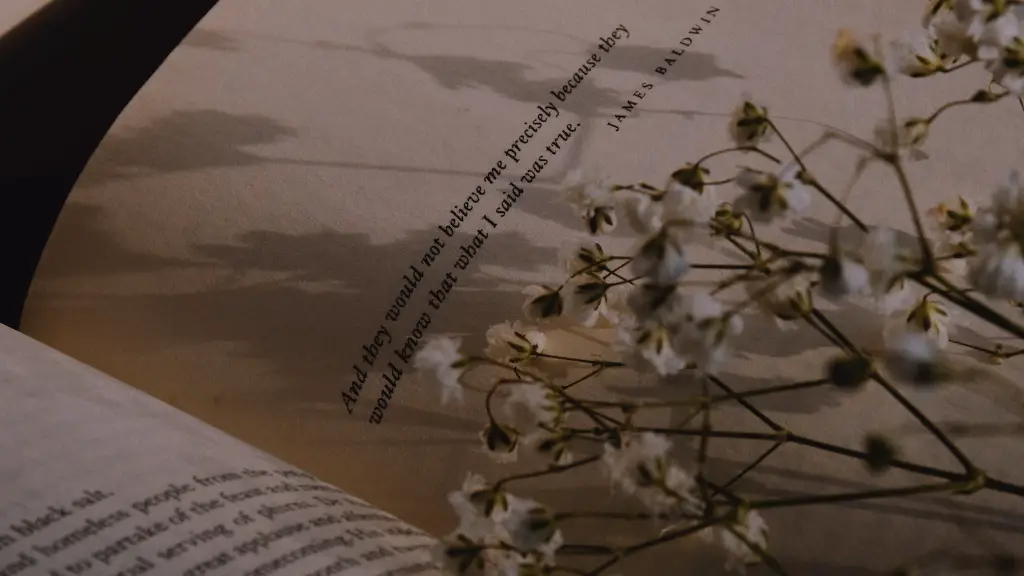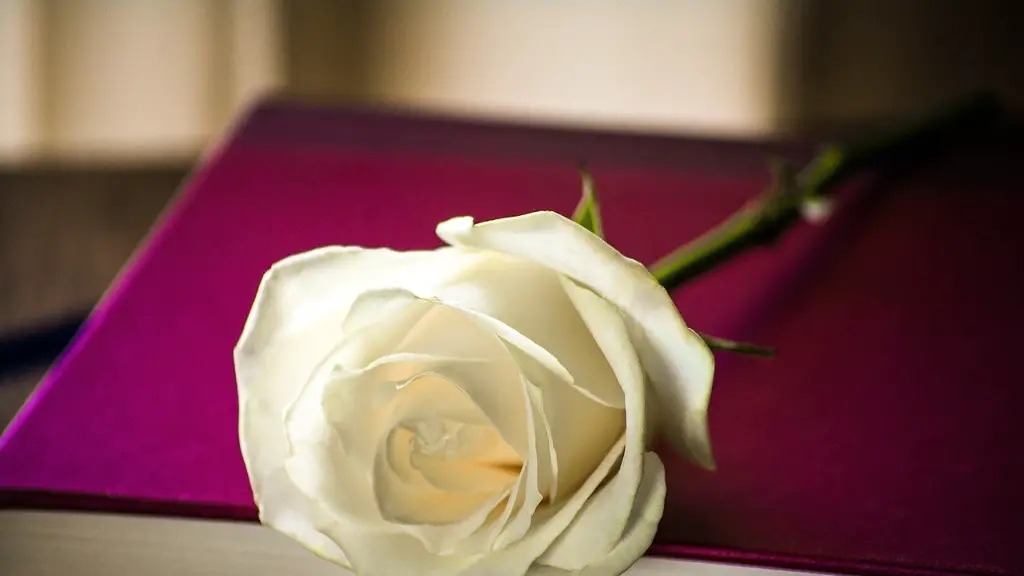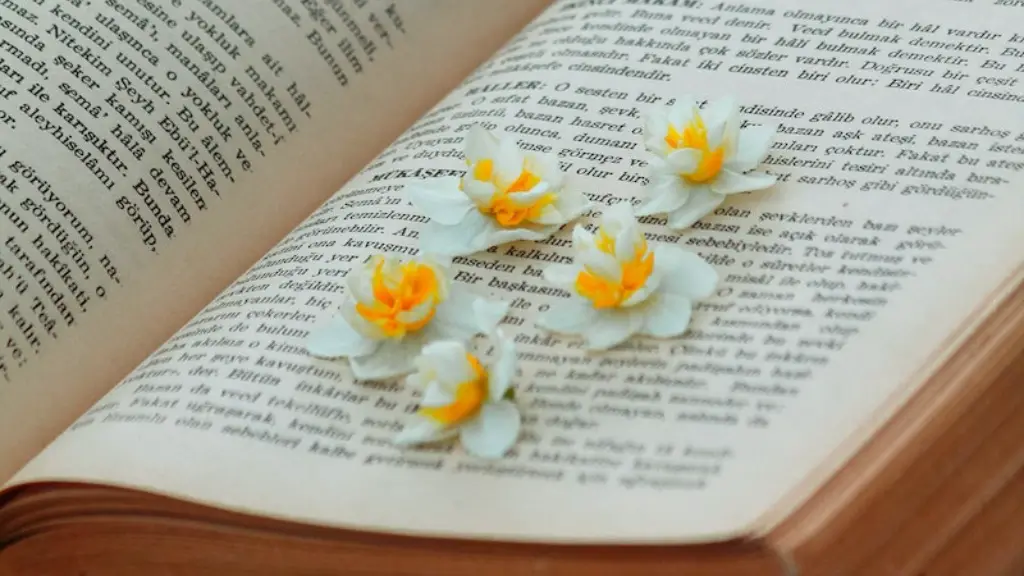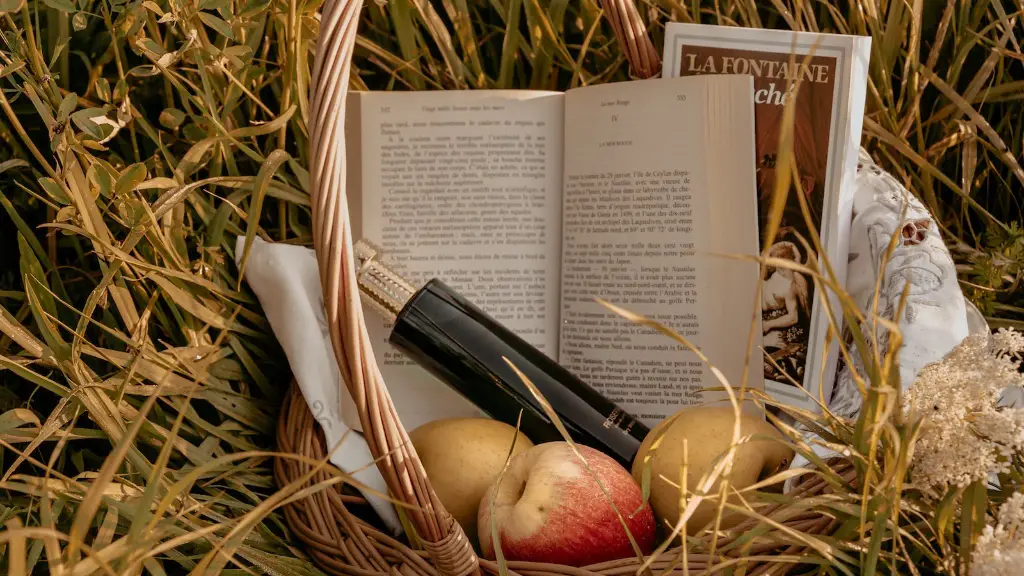Robert Frost is widely considered one of the greatest American poets. His works have captured the hearts of millions, leaving us with hauntingly beautiful memories of life and nature. As a poet, Frost was unique in that he created poetry through imagery, symbolism, and other artistic techniques. But what type of poet was Robert Frost?
To answer this question, it is important to consider Frost’s background. He was born in San Francisco, California in 1874, and he was educated in Dartmouth College and the University of Michigan, thus gaining a deep understanding of the English language. His literary interests included reading the Romantic poets, such as Keats and Wordsworth, and he was also influenced by the traditional poets from England.
Frost’s style of poetry was known for its simple language and accessible themes, but he also possessed great skill in creating imagery, symbolism, and metaphors. He also delineated different aspects of nature, such as death and rebirth, with incredible accuracy and detail. He used these tools to write about the beauty of nature and the struggles of life in a way that resonated with readers.
Frost’s famous poem, “The Road Not Taken,” is a notable example of his poetic style. At first glance, it seems to be a simple poem about a traveler making a decision. However, upon closer examination, it reveals itself to be a symbol for the choices we make in life and the paths we choose. In it, Frost uses symbolism to illustrate the complexities of life and its ever-present uncertainties.
Overall, Robert Frost was a poet who understood the nuances of language and used it to create vivid stories of life and nature. By blending traditional stories with his own lyrically-driven vision, he was able to create a unique style that captivated readers. His work has been remembered and appreciated for generations, inspiring future generations of poets and writers.
Life in Nature
Robert Frost was known for his ability to convey the power of life in nature through his poetic language. His observation of nature’s beauty and strength was captured in his poems, including “Stopping by Woods on a Snowy Evening,” “The Road Not Taken,” and “Birches,” among many others. In these pieces, Frost created strong imagery, mastering the use of metaphors and symbolism to evoke feelings of life’s complexity in his readers. He also wrote about staying power and resilience in the face of difficulties, often using nature and its cycles as an analogy.
Frost’s expertise in using nature to illustrate the complexities of human emotions can also be seen in “Fire and Ice.” In it, Frost masterfully presents two elements, fire and ice, as symbols for destruction and destruction, respectively, in the speculated destruction of the world. Through the use of language and imagery, he manages to convey a deep and complicated sentiment in a few lines of verse.
Another example of Frost’s mastery at combining nature and its characteristics with human emotions is found in his poem “Mending Wall.” In it, Frost brings together the story of two individuals building a wall as a metaphor for boundaries, both in physical and metaphorical terms. In this poem, Frost proves that he understands the importance of “mending walls” in life to create boundaries, either between countries, relationships, or even within one’s own self.
Through his works, Frost has expertly shown the power of life in nature and how it can be used to illustrate complexities of our emotions and lives. He has been lauded as one of the greatest poets of our time, using poetic language to make us consider life through a new lens.
Representation of Death
The power of life in nature was an important theme in Robert Frost’s poetry, but he also tackled the topic of death, using it to bring an element of understanding and acceptance to life. In many of his poems, death is represented as something that is unavoidable, yet it can be a door to greater understanding and appreciation.
One of Frost’s most memorable poems about death is “The Woodpile.” In it, Frost captures a scene of a man piling wood that appears to be preparing for winter. As the poem progresses, it takes on a deeper meaning, as Frost conveys the idea that death is inevitable, and that it can bring us a greater understanding of life’s impermanence.
Additionally, in “Out, Out—” Frost depicts a young man’s death at the hands of a saw. The poem uses the metaphor of a saw to represent a sudden and powerful death, while also conveying the idea that death can bring unexpected, yet meaningful change to life.
Yet another example of Frost’s representation of death is found in “Acquainted with the Night.” In this poem, Frost crafts a scene of a city shrouded in darkness as a metaphor for death, and also seems to suggest that death can also free us from having to face the trials of life.
Throughout his works, Frost has masterfully used death as a way to explore the meaning of life and its complexity. He has shown us that death is an unavoidable part of life and may even bring an opportunity for discovery, however tragic it may be.
Symbolism and Imagery
Aside from merging life and death in his works, Robert Frost is also known for his masterful use of symbols and imagery to convey an incredibly deep and complex message. “The Road Not Taken” is a prominent example of his skill, as it speaks of the uncertain paths we all face in life and how we make our choices.
In many of Frost’s other works, symbolism and imagery is also used to represent the complexity of nature and life. For example, in “Fire and Ice,” Frost uses different elements from nature to discuss the possible destruction of the world. Similarly, in “Mending Wall” Frost speaks of the metaphorical and physical boundaries of life. In these pieces, Frost demonstrates his aptitude for fostering powerful imagery that readers can relate to.
Frost’s skill at creating vivid imagery extends to his sonnets, too. In “Neither Out Far Nor In Deep,” he speaks of the vastness of nature and uses it to consider our place in it. And in “Design,” Frost speaks of sureness and delicate balance within the wonders of nature. In each piece, Frost is able to illustrate powerful sentiments without sacrificing the poetic elements of his work.
Over the years, Frost has continued to captivate readers with his skill at creating powerful images and symbols. He has inspired future generations of poets and writers, as well as readers, with his ability to illustrate complex emotions in nature.
Unique Language
In his works, Robert Frost also manages to demonstrate his excellent command of the English language, which comes from his background in education and his immersion in traditional English poetry. As a result, Frost’s diction is unique among his contemporaries.
Frost turns common phrases into works of art by experimenting with rhythm and punctuation. He also has a talent for choosing the exact words to create a powerful image and to illustrate the complexities of human emotions. For example, in “Dust of Snow,” Frost uses few words to evoke the idea of hope amidst tragedy. And in “Mending Wall” he uses specific words to evoke lifelike images of nature’s cycles.
Frost’s mastery of English allows him to bring to life powerful visions that readers can relate to. His works are perfect examples of how language can be manipulated to convey complex ideas without ever sacrificing beauty or power.
Aside from his fluid use of language, Frost also has a talent for creating exceptional metaphors. His metaphors are often abstract and thought provoking, allowing readers to discover the hidden meanings of his works. One of the most famous of these is “fire and ice” in his poem of the same name, which is used to represent the deviousness and power of death.
Over the years, Robert Frost’s unique linguistic style has been praised and remembered by readers all over the world. His ability to craft unique metaphors and powerful imagery stands out in all of his works, allowing readers to be transported to a different world and to connect with the feelings and emotions in his works.
Influence of the Traditional Poets
Though Frost has been credited with inventing a new type of poetry, he was heavily influenced by the traditional English poets of his day. He had a passion for reading their works, and he was especially influenced by the romantic poets, such as John Keats and William Wordsworth.
Frost expresses admiration for the traditional poets’ use of language and imagery, and he often tried to recreate their styles in his works. He had a talent for creating powerful imagery and metaphors, but he also had a knack for creating stylistic connections and incorporating his own life experiences into his poetry.
Frost was also influenced by the traditional poets’ philosophical ideas. He used their work to explore topics such as life, death, and nature, and often sought to show the power of their teachings through his writing. For example, in “Design,” Frost speaks of the delicate balance and divine order in our lives, while in “The Road Not Taken” he speaks of choice and regret.
As seen in his works, Frost was certainly influenced by the traditional poets and their philosophical theories. He often sought to recreate their ideas in his works, and also used their methods to foster powerful imagery and metaphors.
Recognizing Life and Nature
In the end, Robert Frost was a poet who understood the power of life and nature. He used his understanding of the English language to create works that resonate with readers, conveying a deep yet concise message. From his use of symbolism to his portrayal of death, Frost’s works have left an indelible mark on literature and have been praised by all generations of readers.
By merging nature and life in his works, Frost also managed to convey a strong sense of understanding and acceptance. He often wrote about how nature can bring truth and discovery, but he also showed readers that no matter how hard life can be, it can also present unexpected opportunities.
Robert Frost’s works have served as an inspiration to future generations of poets and writers. His mastery of language and skill at creating intricate works is historic and enduring, making him one of the greatest American poets of all time.





